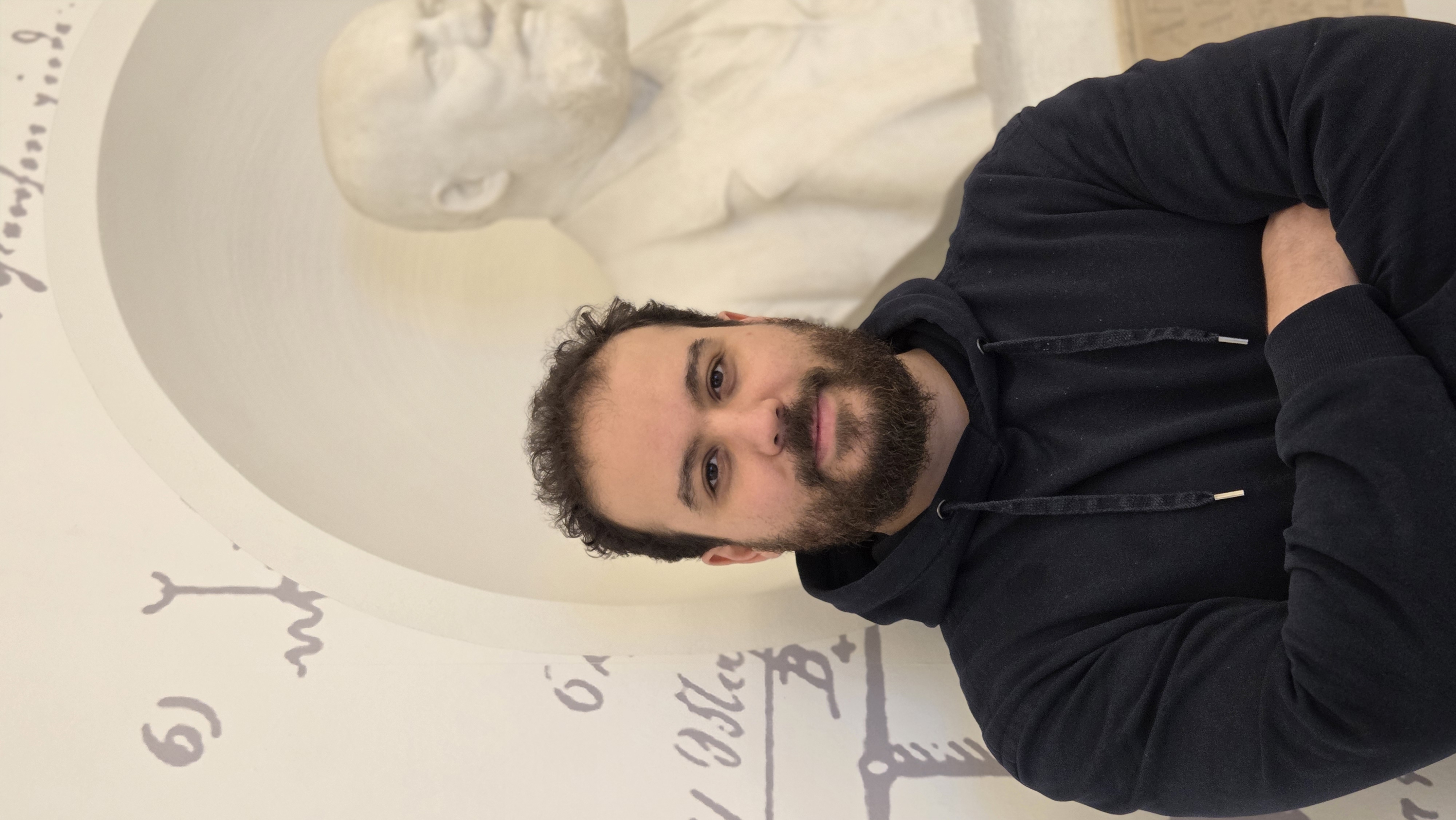Influence of Structure and Topology on the Deformation Behavior and Fracture of Oxide Glasses
Published:
Abstract
Oxide glasses are ubiquitous in daily life. They have proven useful as bioactive materials, optical fibers, flexible substrates and displays, solar modules, and many other applications. This enormous number of current applications is due to the sheer number of possible compositions made by the possibility of combining different elements from the periodic table. Nevertheless, their usage is limited by their brittleness and low resistance to damage due to the lack of large and clear deformation (shearing) mechanisms to dissipate stress. Computer simulations, including atomistic simulations, serve as an important tool to understand and reveal the deformation mechanisms at atomic and nanometric scales, thus guiding the development and design of glasses with superior properties. The objective of this thesis are to understand the role of structure, modifiers, and processing on oxide glasses’ deformation and fracture behavior. Large-scale atomistic simulations were performed to reveal these deformation mechanisms at the atomic scale in binary metaphosphate glasses modified with different modifiers, silica, and sodium silicate glasses with varying sodium content. The effect of modifier type on deformation-induced structural anisotropy and deformation behavior was studied in metaphosphate glasses. On the other hand, the effect of the modifier content and topology on the deformation behavior and fracture was investigated in sodium silicate glasses. In the metaphosphate glasses, the presence of modifiers with high field strength leads to higher mechanical properties when compared to glass compositions with low field strength modifiers. The origin of the structural transient and persistent anisotropy observed in all metaphosphate glasses was shown to be the same, which was discussed at different structural levels. At the short-range structure, it originates from the alignment of P–O bonds. The next structural level involving neighboring tetrahedra is captured by the orientation of the P–P bonds. These short-range alignments of the P–O and P–P bonds lead to the changes in the medium-range order as captured by the orientation of the chain along the tensile axis and orthogonal to the loading axis. The tensile Young’s moduli of the anisotropic glasses obtained by either pre-tension or pre-compression measured along the pre-deformation axis is lower than the pristine glass due to a stretching of the structure as indicated by the remaining plastic strain. The tensile Young’s moduli of the pre-deformed metaphosphate glasses by pre-tension showed a higher Young’s modulus than the glasses pre-deformed in compression when measured in the same direction as the pre-deformation one. On the other hand, understanding the mechanical behavior of silicate glasses with different compositions and pre-loading modes is highly relevant to many technological applications. Therefore, silicate glasses with different compositions and subjected to different type of deformations at room temperature were studied. The atomic-scale mechanisms of the deformation of these glasses showed that during compression and shear at higher strains, a significant number of atoms that switched bonds was found, which was not the case in tension due to the fracture of the samples. These atoms that have a change in their bonding topology are localized within shear bands in the shear deformation and are homogeneously distributed in samples deformed in compression. The tensile mechanical behavior of the predeformed glasses showed that the pre-deformation decreased the material strength, and an increasing ductility was observed in the case of pre-compression. This originates from a homogeneous persistent change in the bonding with pre-compression, which was not the case on pre-tension and pre-shear. The tensile deformation mechanism of pre-deformed glasses was found to be due to the appearance and coalescence of cavities during the deformation. The presence of these cavities is affected by both composition and pre-deformation, which was also discussed for the first time at the atomic scale. The results presented in this thesis highlight the importance of the local events in controlling the macroscopic glass properties. Thus, providing insights at the atomic scale needed for further development of oxide glasses.
Recommended citation: Influence of Structure and Topology on the Deformation Behavior and Fracture of Oxide Glasses, Doctoral thesis, 2023.
Download Paper
